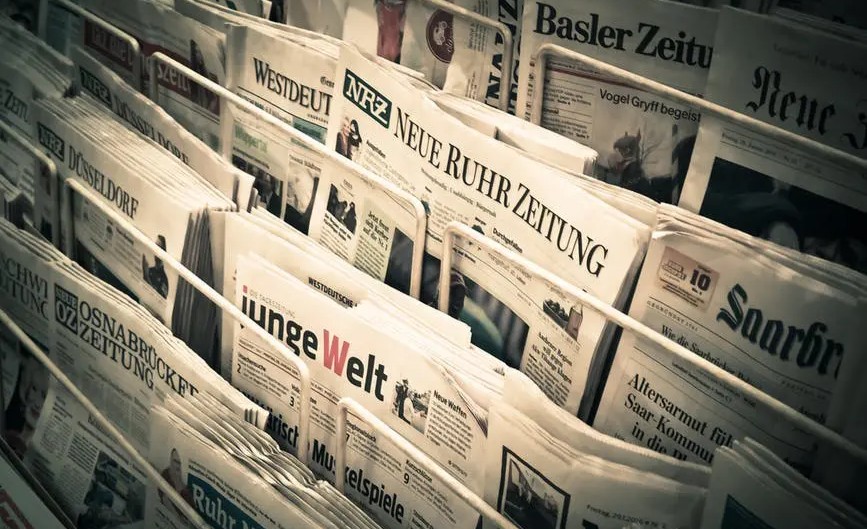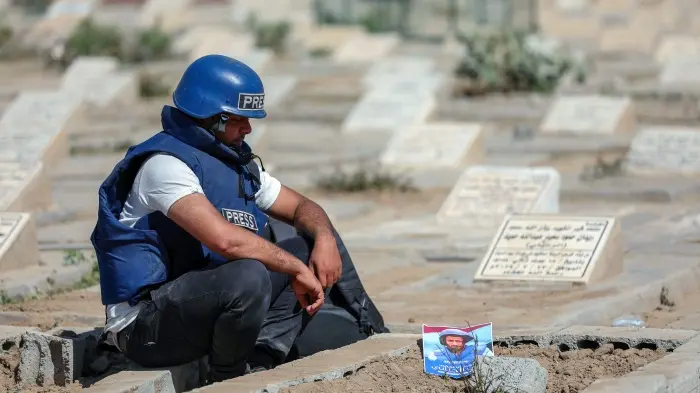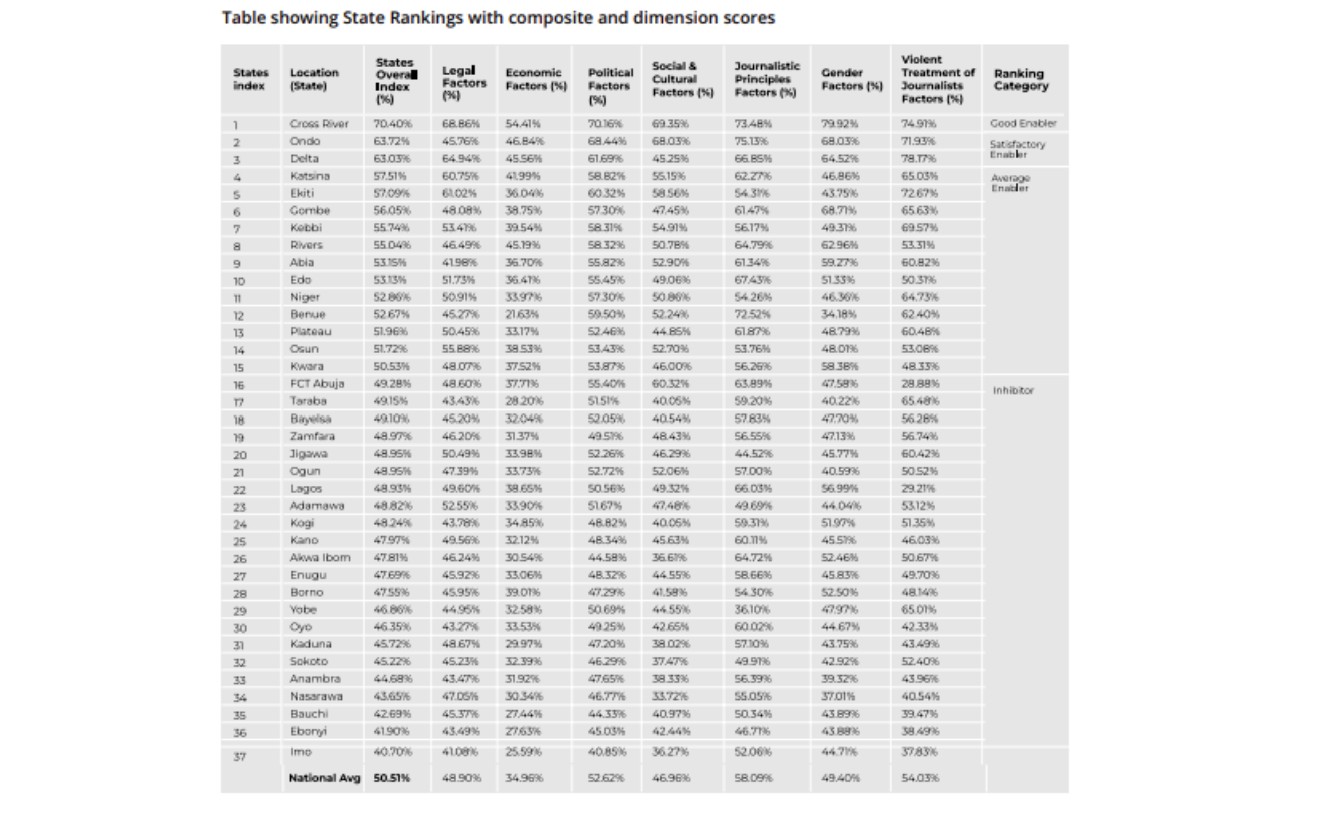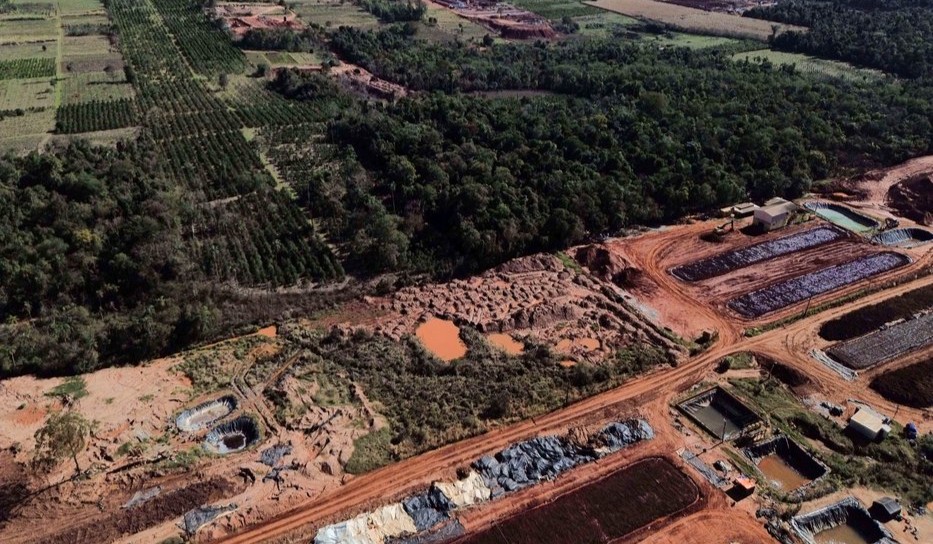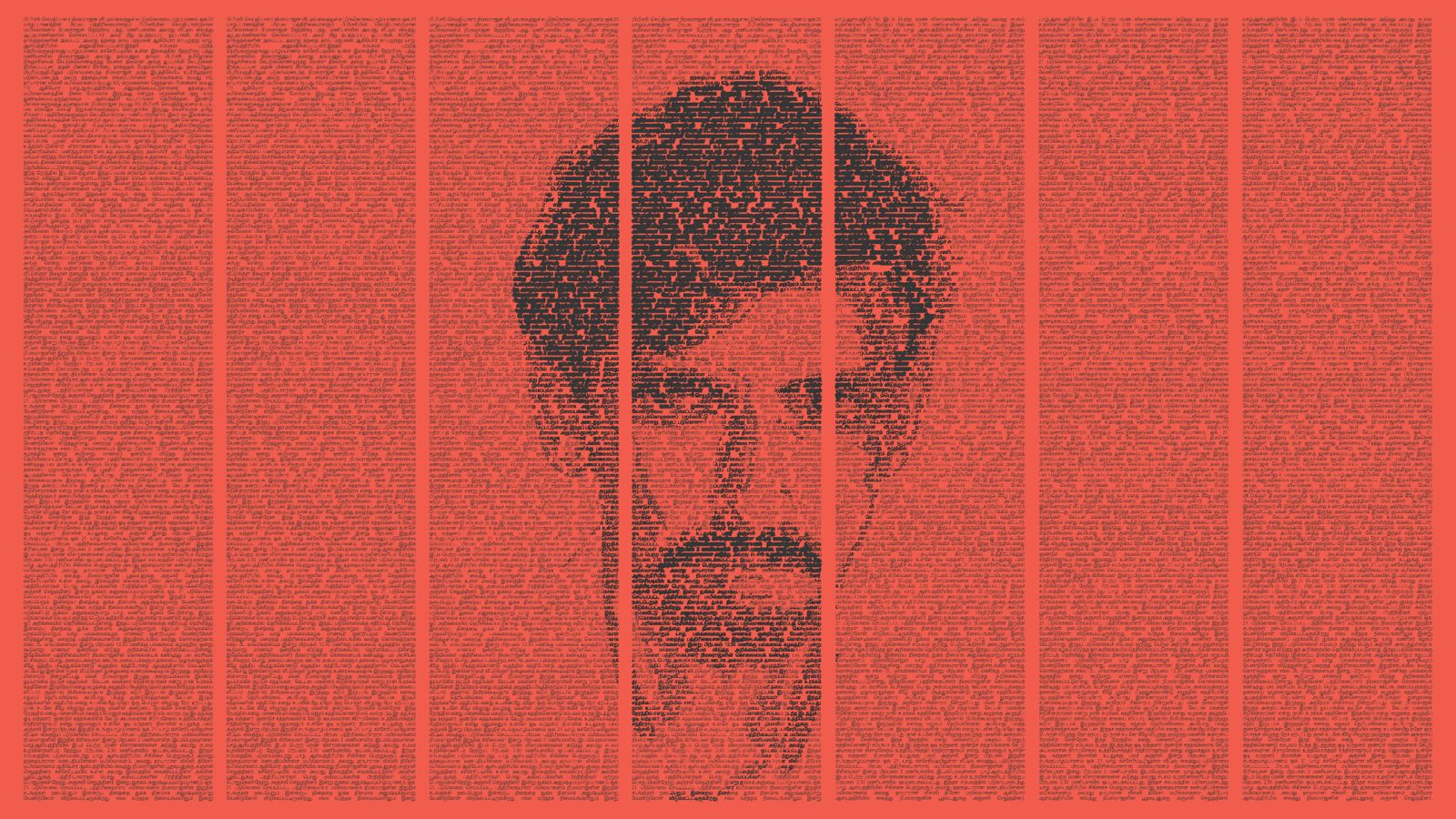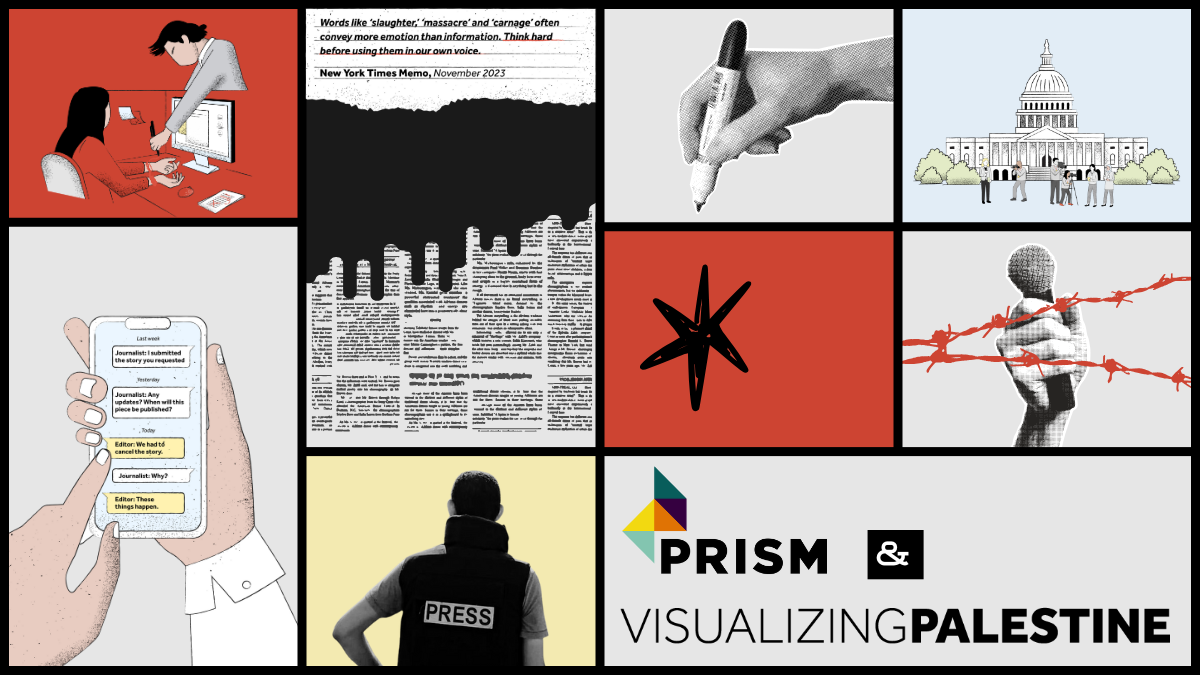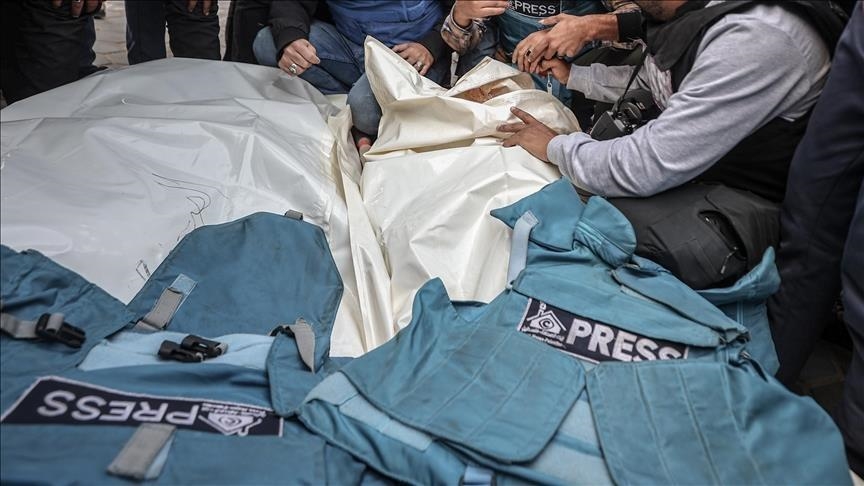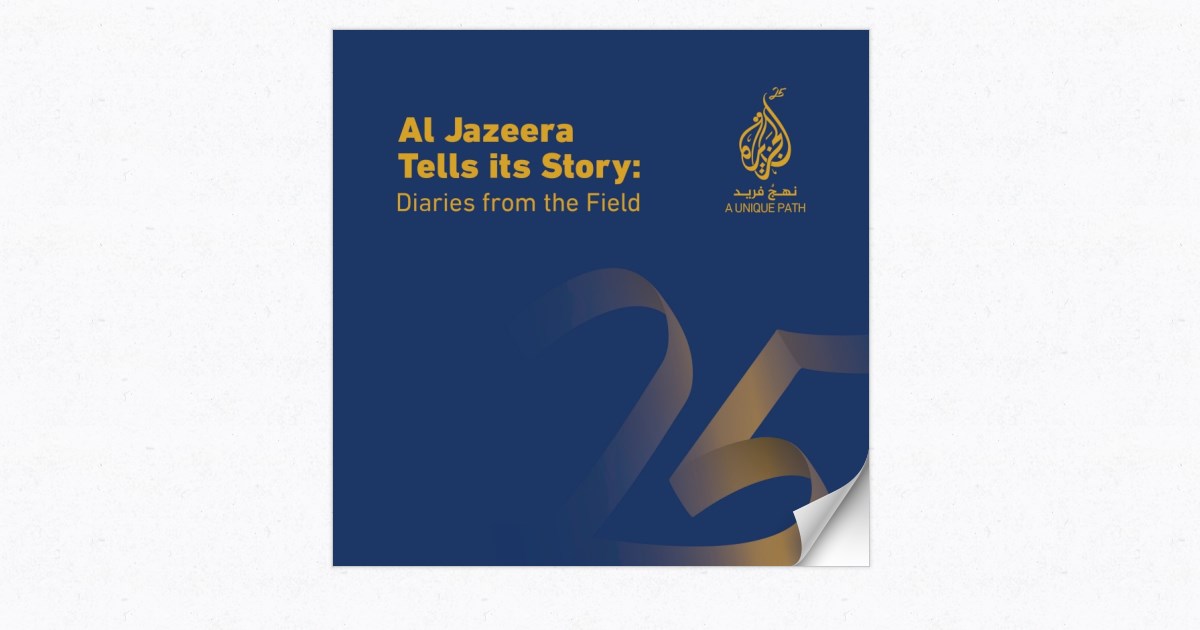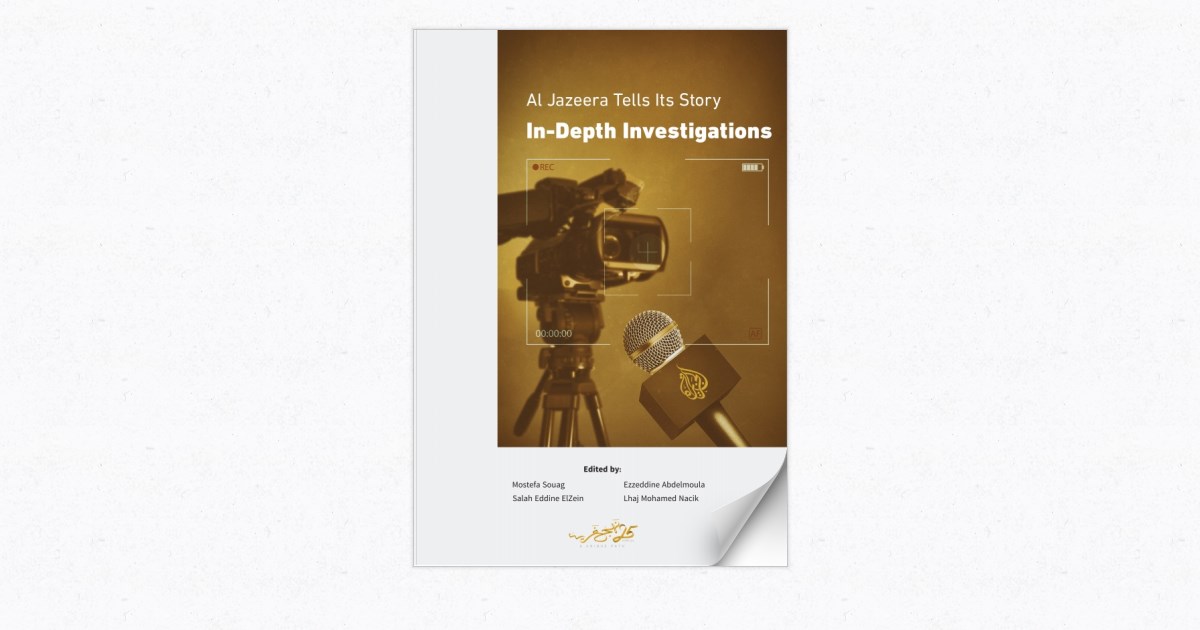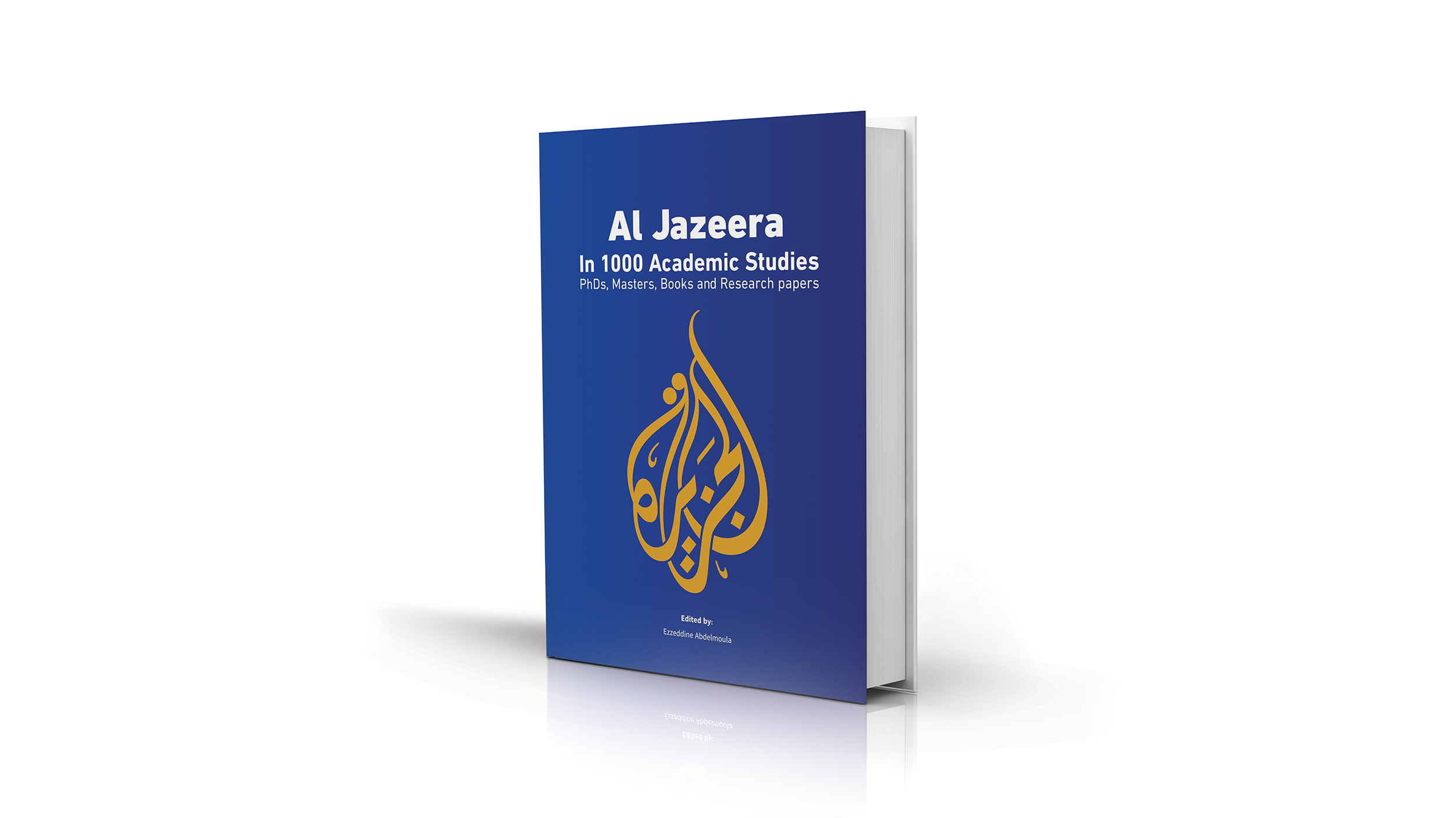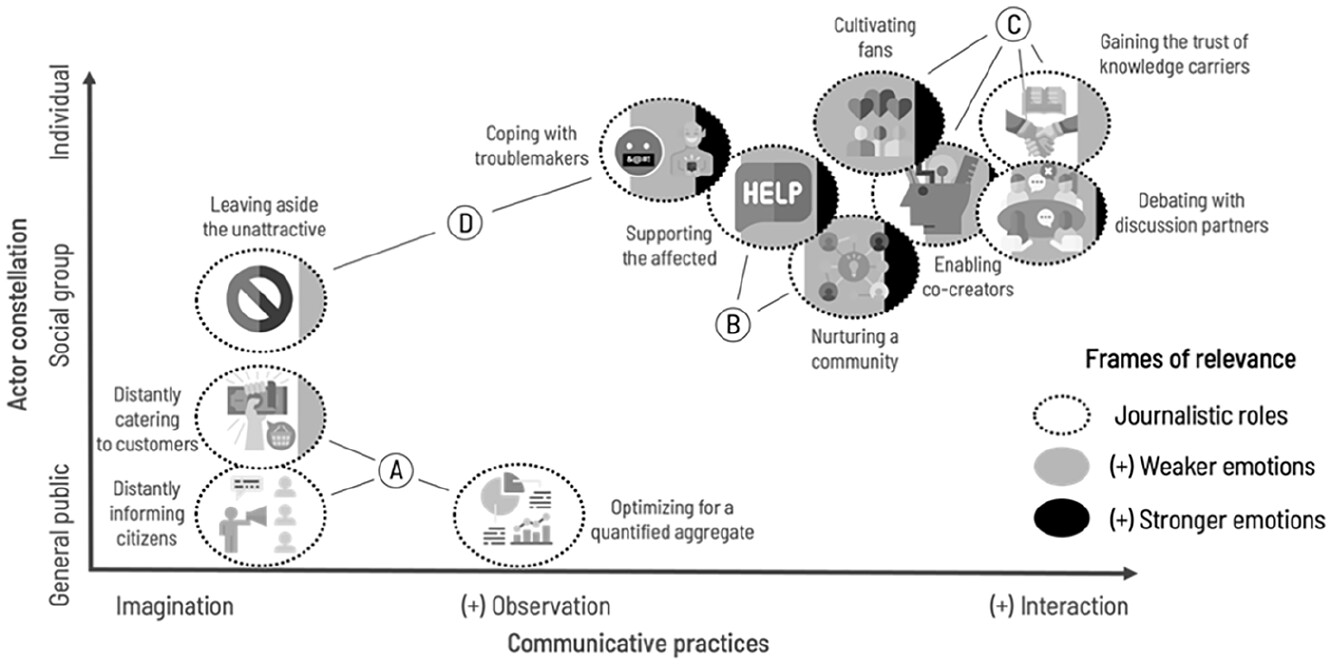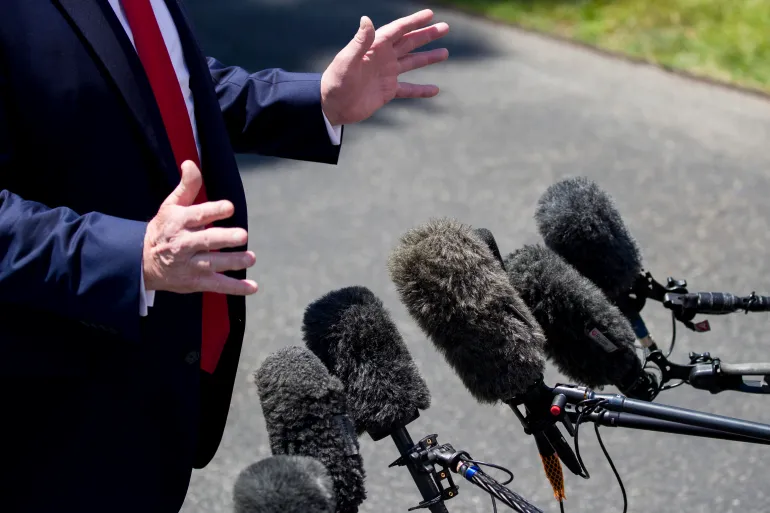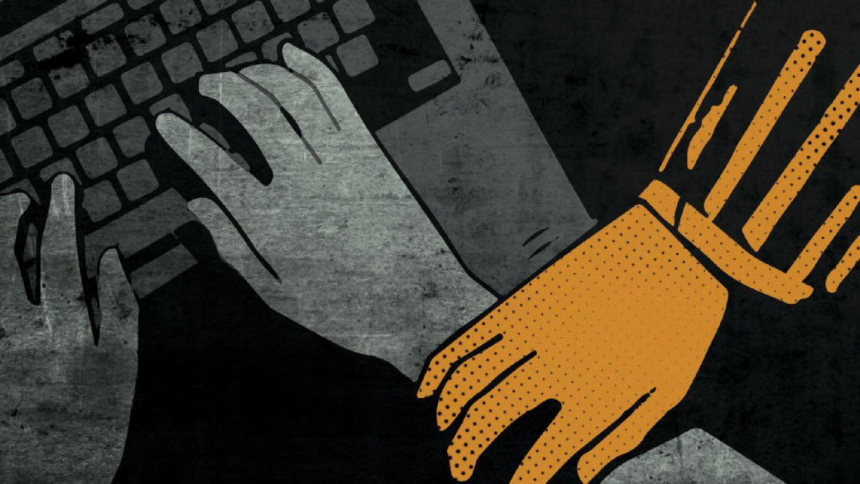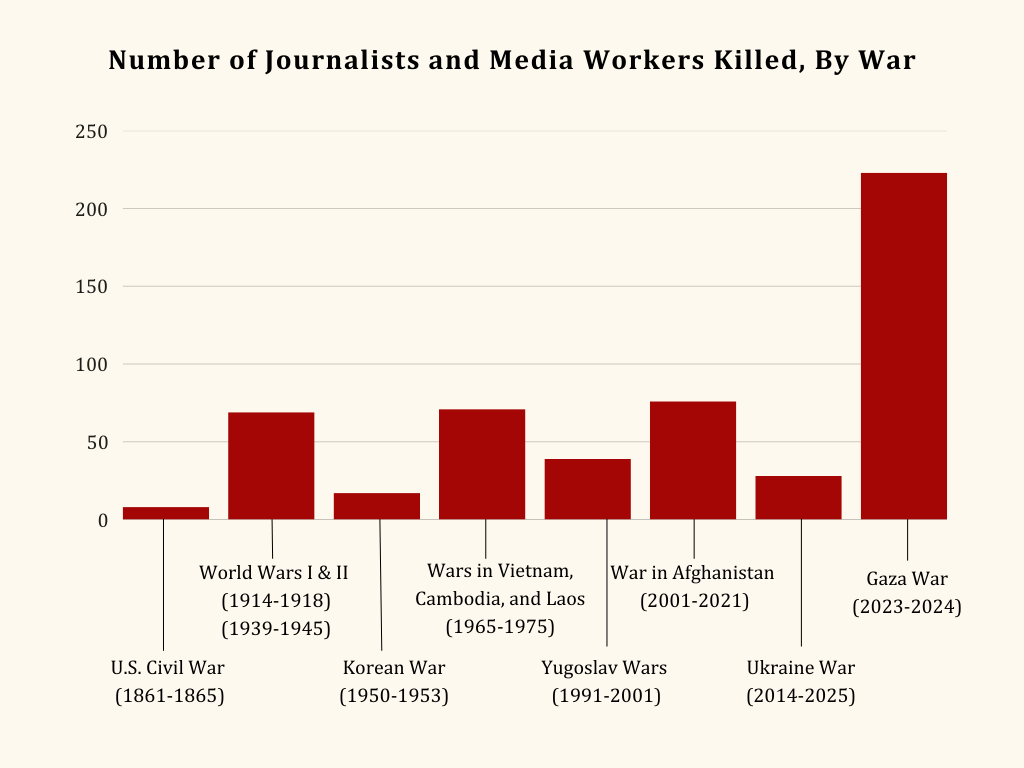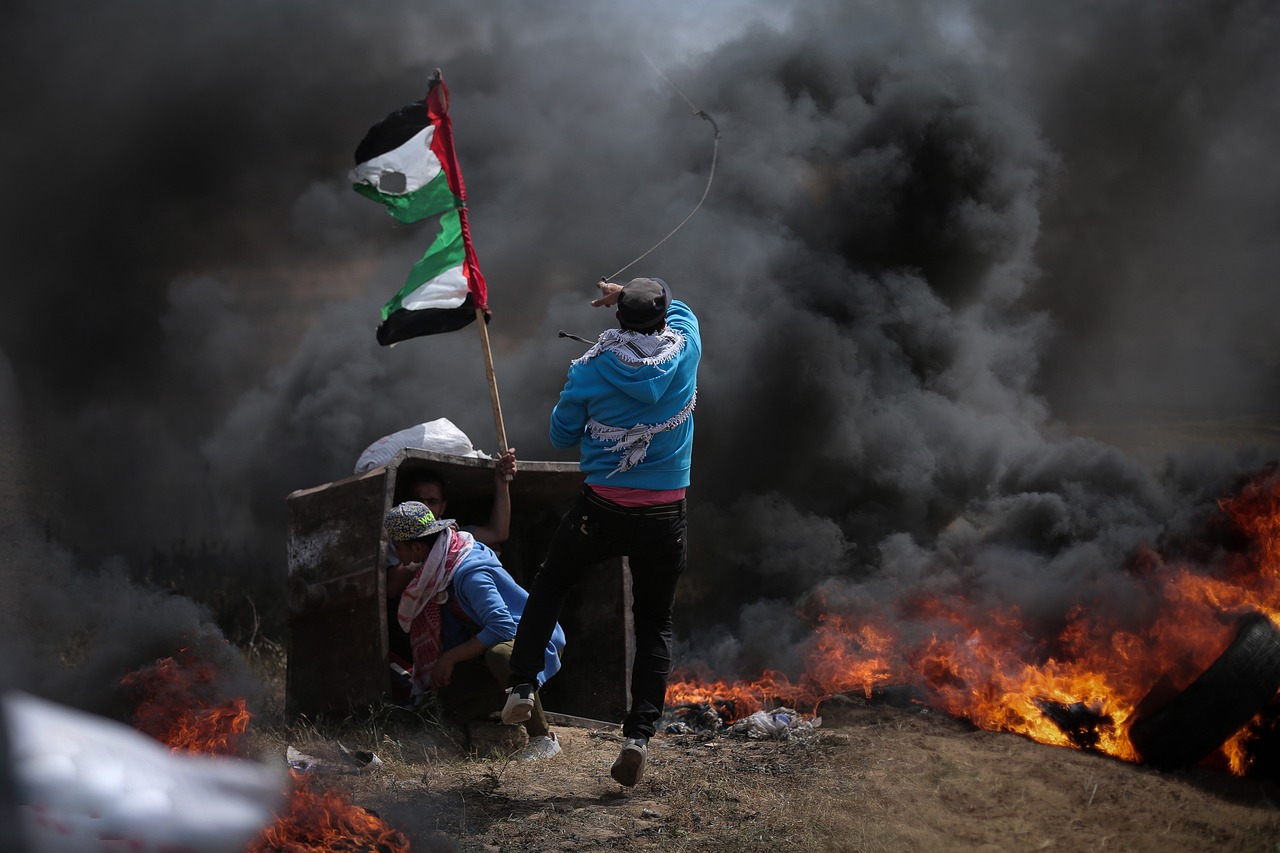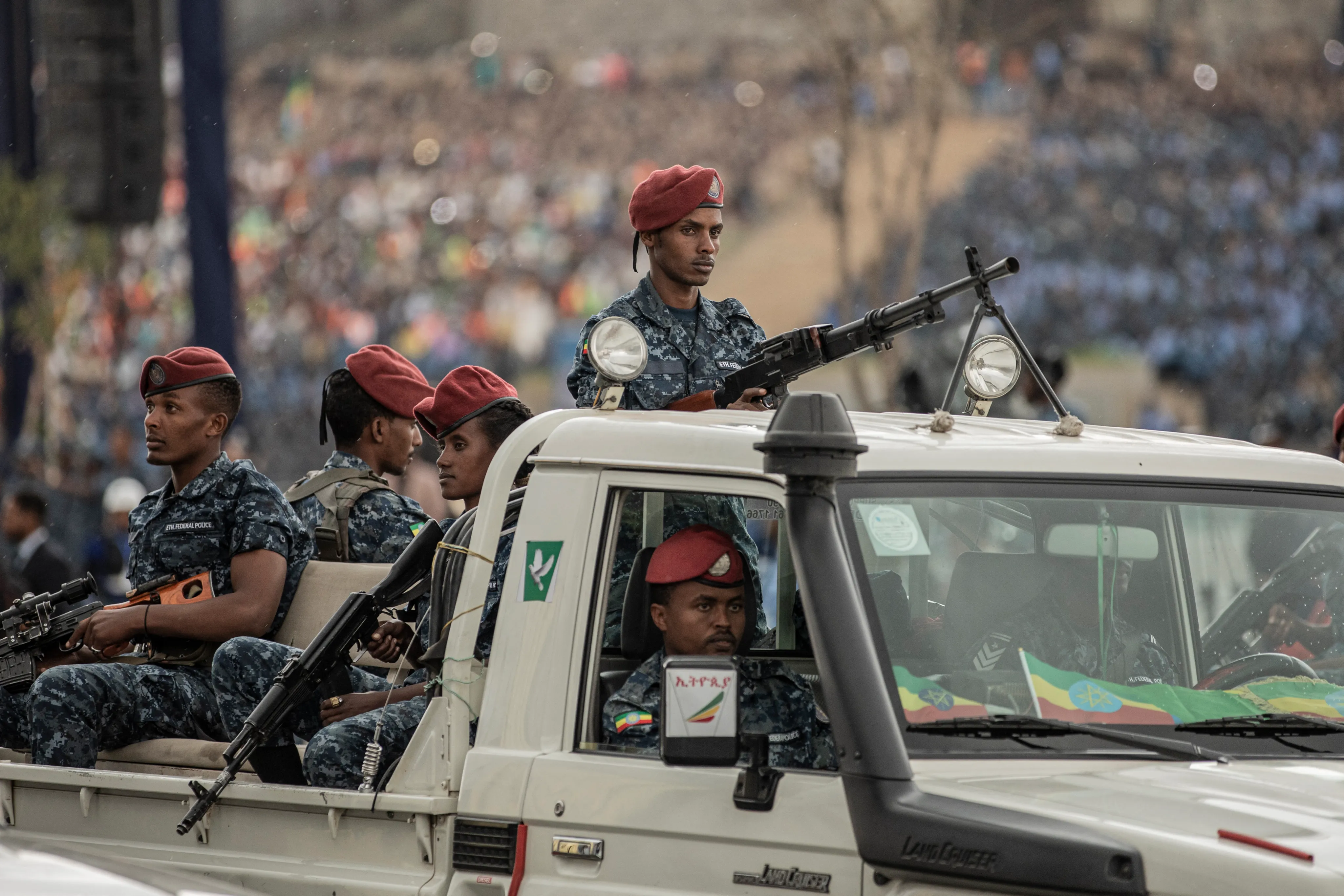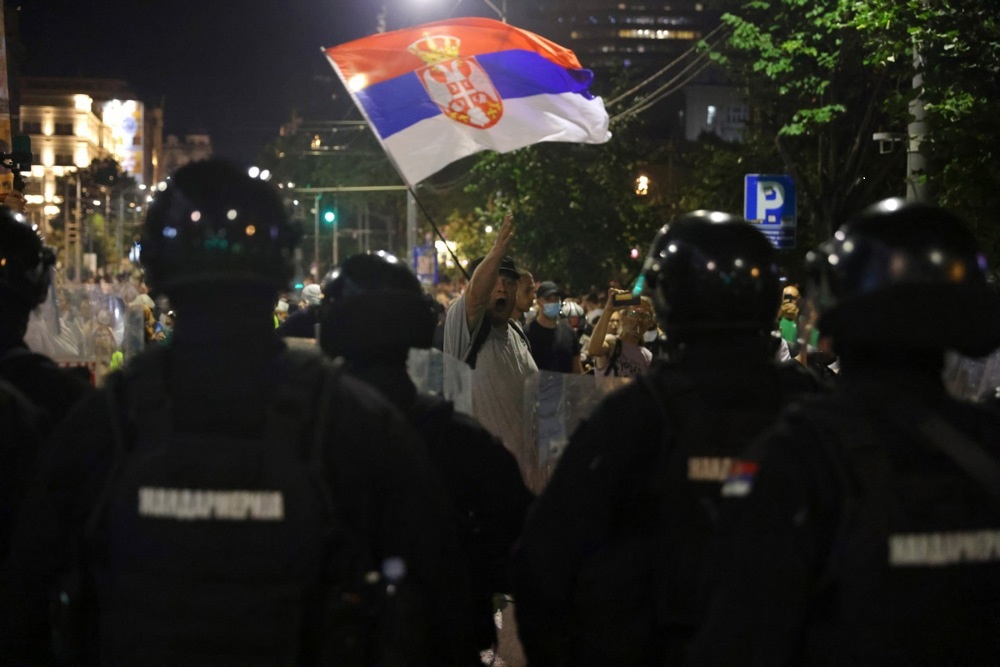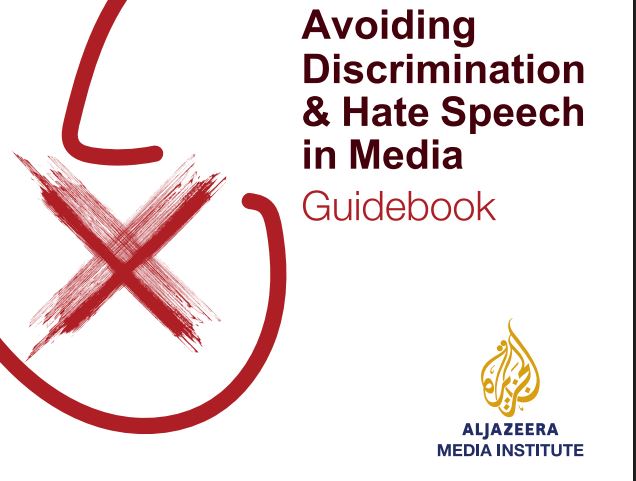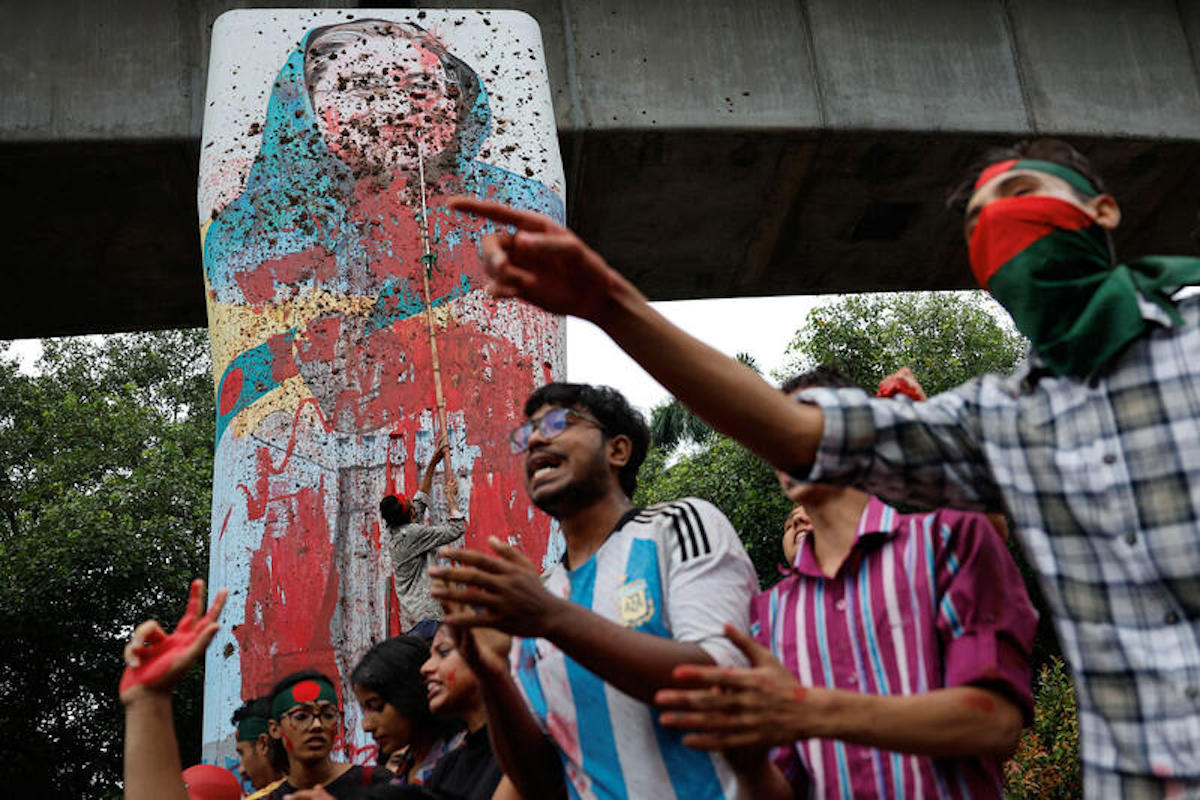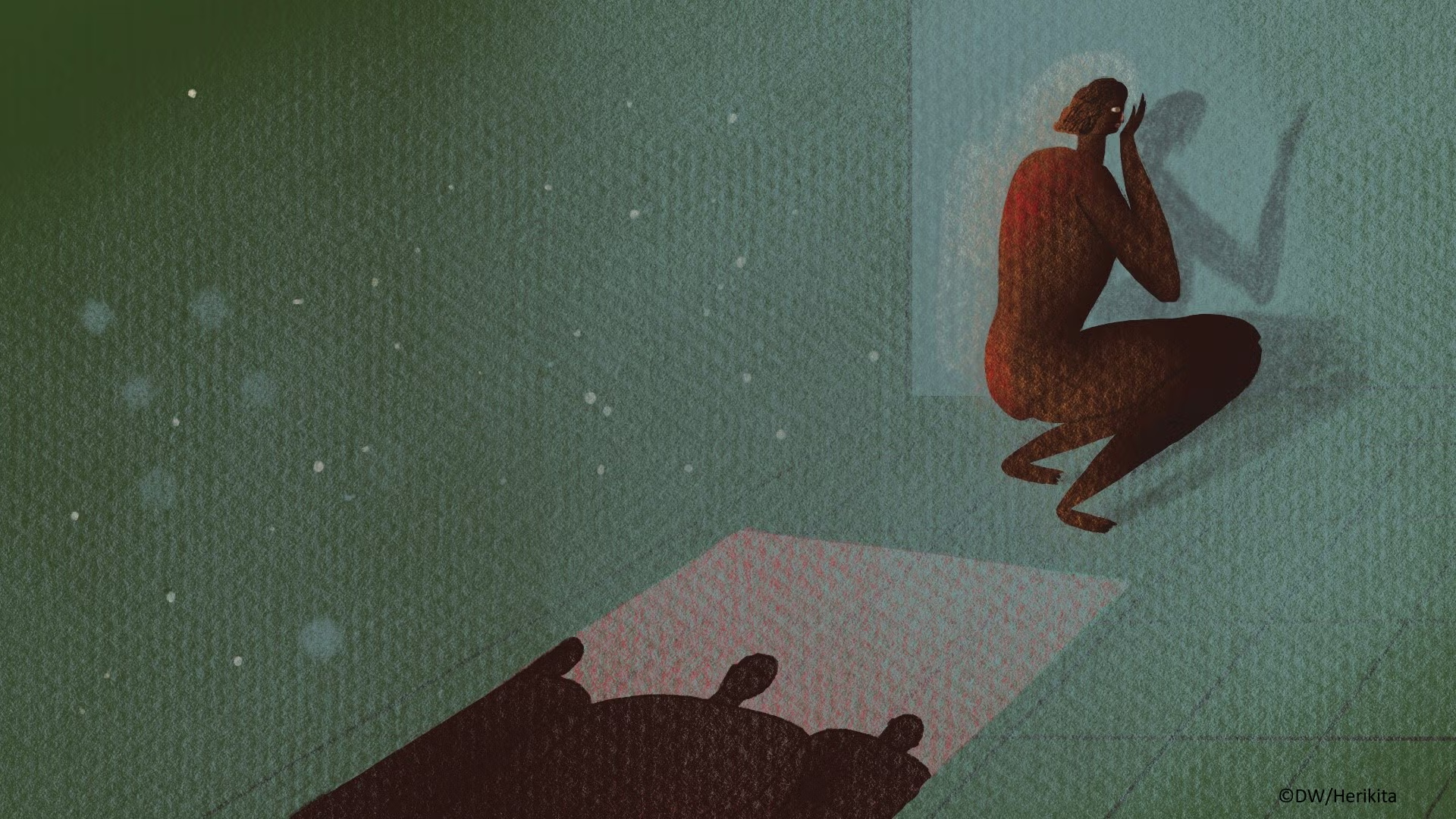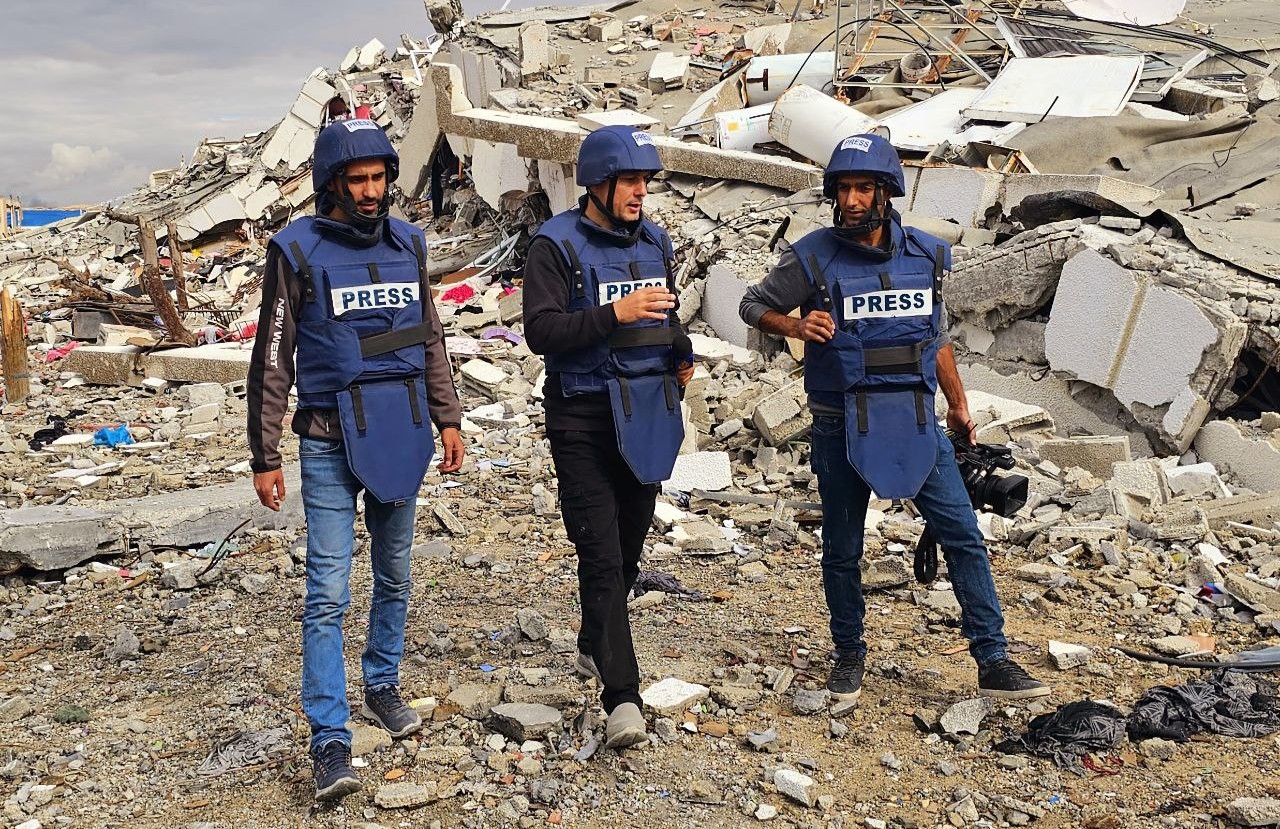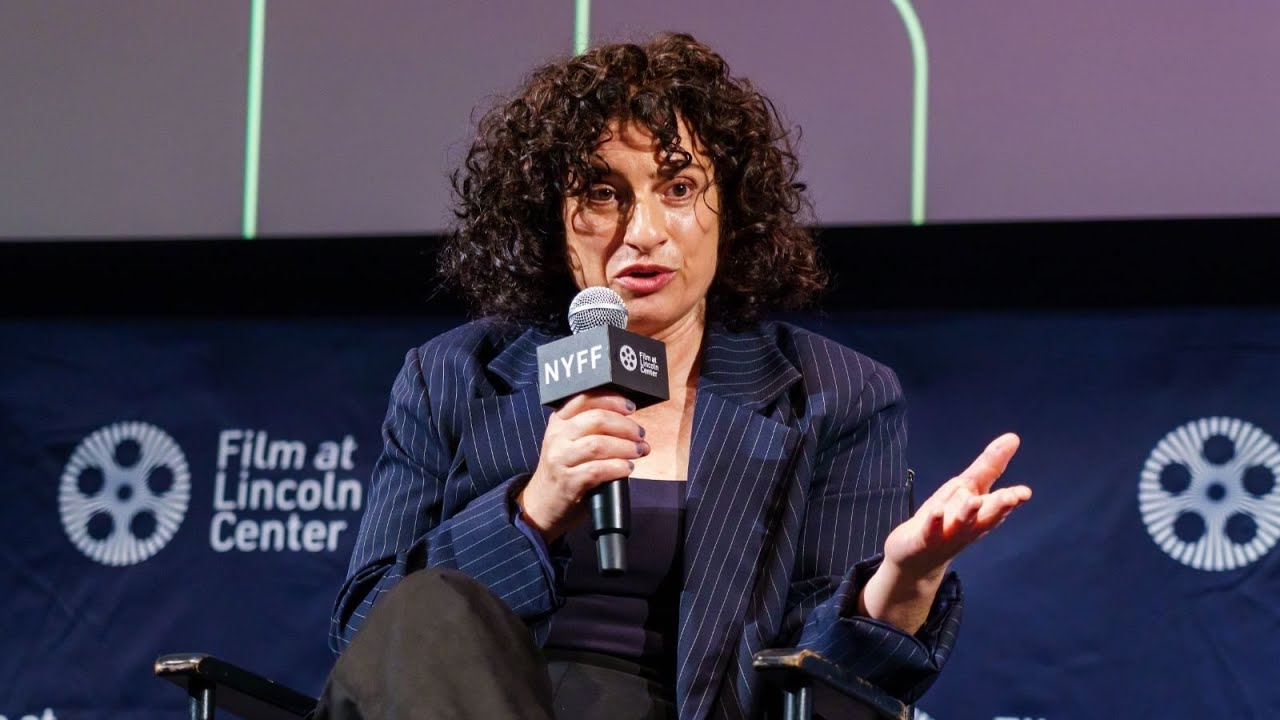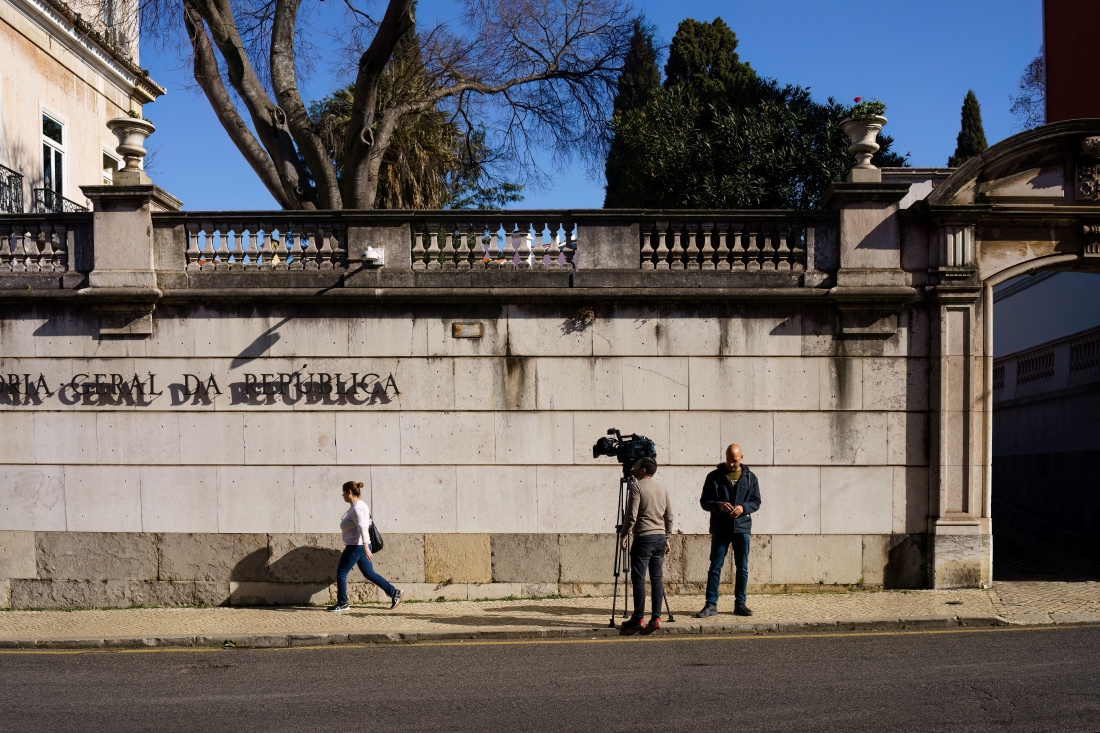The Nieman Lab reports a troubling reversal of momentum in diversity, equity, and inclusion (DEI) efforts within journalism, signalling that gains made after the 2020 racial reckoning are rapidly eroding. Initial promises of reform are increasingly being replaced by cutbacks, silence, or symbolic gestures. One striking indicator is the collapse of demand for DEI training. The Maynard Institute for Journalism Education, which at the height of 2020 delivered more than 20 newsroom trainings in a single month, now projects no income from such work in 2025. This drastic decline underscores how quickly institutional interest has...
Research
A new Human Rights Watch report reveals systematic violations against journalists across Yemen, carried out by all sides of the ongoing conflict. Since 2014, media workers have endured arbitrary detention, torture, disappearances, and killings at the hands of the Houthis, the Southern Transitional Council (STC), and forces aligned with the internationally recognized Yemeni government. Among the most harrowing cases are those of Abdelkhaleq Emran, Tawfiq al-Mansouri, Hareth Hamid, and Akram al-Walidi, journalists detained by the Houthis for eight years. They suffered torture, denial of medical care, and even death sentences before being freed in prisoner...
In its 2024 Openness Index, the Centre for Journalism Innovation and Development (CJID) found that 22 out of Nigeria’s 36 states act as inhibitors of freedom of expression, with 13 of them showing overt hostility toward journalists. The Index was built on over 1,100 professional perceptions and incident reports (via the Press Attack Tracker), and assessed states based on political tolerance for dissent, rule of law, treatment of journalists, media health, and gender inclusion. Notably, even Lagos—Nigeria's media and commercial hub—ranked 22nd overall, yet recorded highly negative scores for the violent treatment of journalists. The...
In Paraguay’s Guairá Department, environmental defenders in Paso Yobái are facing growing criminalisation amid conflicts with mining companies accused of severe ecological harm. On March 26, 2025, three yerba mate producers, including Vidal Brítez Alcaraz, president of the Asociación de Yerbateros de Paso Yobái, were prosecuted on charges of “grave coercion.” Brítez Alcaraz was detained despite evidence placing him elsewhere at the time of the alleged confrontation. Although later released to house arrest due to his asthma and strong community ties, his case highlights how judicial harassment is being used to weaken local resistance to...
The report “Killing Sri Lankan Journalists: The Case of Nimalarajan Mylvaganam”, co-authored by the International Truth and Justice Project (ITJP) and REDRESS, exposes a grave miscarriage of justice in the assassination of Jaffna-based journalist Mylvaganam Nimalarajan. He was fatally shot on October 19, 2000, in his home within a high-security zone under curfew—a setting that should have simplified, not hindered, the investigation. The report decries a “text-book case of investigative failure” by Sri Lankan authorities. Instead of securing the crime scene, documenting it photographically, or collecting forensic evidence, the police allowed the site to remain...
Prism’s months-long investigation, in collaboration with Visualizing Palestine, reveals systemic suppression of Palestinian voices in U.S. newsrooms, intensified since October 7, 2023. Through testimonies from nearly a dozen journalists—Palestinian, Arab, or Muslim—the report documents editorial pushback, harassment campaigns, and structural bias that prevent fair coverage of Israel’s genocide in Gaza. One central voice is “Nadia,” a pseudonym for a reporter who quit her newsroom after years of double standards. She described her editors killing stories on Palestinian culture and activism, or demanding quotes be softened to avoid offending pro-Israel audiences. After October 7, her newsroom...
In October 2023, the Palestinian Center for Development and Media Freedoms (“MADA”) documented an unprecedented wave of violations against press freedoms amid Israel’s intensified military operations in Gaza and the West Bank. According to MADA, at least 39 journalists and media professionals were killed, many while performing their duties in the field, marking the deadliest month for Palestinian media to date. Alongside these tragic deaths, MADA recorded extensive destruction: the homes of 44 journalists were bombed or heavily damaged, and 21 media institutions’ headquarters were either destroyed or severely impacted. Broadcasts were halted, and the...
AJ 25th Book is a commemorative anthology marking Al Jazeera’s 25th anniversary, composed of over 100 personal narratives penned by the very people who shaped the network. The book traces the broadcaster’s evolution—from its inception as an Arabic news channel to a multifaceted global media network across various languages and platforms. Through candid reflections, contributors—including field correspondents, decision-makers, and media professionals—offer both behind-the-scenes anecdotes and milestones that highlight Al Jazeera's core values: telling human stories, embracing cultural diversity, and advancing professional and technical innovation. The anthology does more than chronicle institutional history. Contributors, ranging from...
Al Jazeera Tells Its Story: In-Depth Studies is a richly detailed compendium authored by media scholars and Al Jazeera insiders, capturing the network's institutional development over its first 25 years. The volume chronicles the transformation from a fledgling Arabic news channel—launched in 1996—into a globally recognized media entity spanning digital platforms, multiple language services, and broadcast channels. Key themes include Al Jazeera’s institutional expansion, marked by administrative, operational, legal, and financial innovations, especially in managing a growing global presence. Another chapter spotlights the strategic importance of cultivating robust news sources and networks of correspondents, enabling...
The compilation Al Jazeera in 1000 Academic Studies presents a sweeping catalog of research—spanning PhDs, master’s theses, books, and journal articles—that underline Al Jazeera’s profound impact on global media discourse. This volume, edited and released in 2022, encapsulates studies conducted over the last 25 years, tracing the trajectory of one of the most influential broadcasters in the Arab and international journalism landscape. At its core, the work highlights how Al Jazeera has become a focal point of academic interest due to its “distinctive journalism” and the narrative it forged as a countercurrent media platform. Scholars...
In an age where journalism increasingly engages directly with its audience, researchers Wiebke Loosen, Julius Reimer, Louise Oberhülsmann, and Tim van Olphen offer a refined view—not of a single bond between journalists and the public, but eleven distinct ideal-typical relationship forms. These were identified through in-depth interviews with 52 German journalists—from legacy newsrooms to digital startups—across a spectrum of roles. These eleven relationship forms act as “building blocks” that journalists combine depending on context—audience type, journalistic role, and purpose. The researchers visualize these forms along two axes: audience type (from the general public through social...
The collapse of the United States’ mainstream media in confronting power is not an isolated event but a reflection of deeper systemic flaws, argues Mohamad Elmasry in his recent Al Jazeera opinion piece. He contends that the erosion of press independence under the Trump administration exemplifies how American democracy has long relied on media institutions that are structurally tied to corporate and state power, making their current submission less a shock than an inevitability. At the centre of the analysis is the Trump administration’s aggressive handling of information. Officials have released only partial or heavily...
In August 2025, violence against journalists in Bangladesh surged dramatically, doubling from previous months. According to a report by the Human Rights Support Society (HRSS), 39 separate incidents were impacting 72 journalists. Of these, one journalist was murdered, 33 were injured, five were assaulted, 11 received threats, and one was arrested. Additionally, two journalists faced legal charges, and 19 were dismissed from their positions. The month was marked by several high-profile tragedies. On August 7, Md Asaduzzaman Tuhin, a 38-year-old reporter with Protidiner Kagoj, was hacked to death in Gazipur. Later, on August 22, the body of senior journalist...
The Costs of War Project at Brown University reveals alarming risks faced by journalists in conflict zones, portraying these areas—especially Syria and Gaza—as "news graveyards." Since the early 2000s, a range of actors—from state regimes like Syria’s Assad and the U.S., to terrorist groups and Israel—have systematically suppressed conflict reporting through violence, arrests, and repressive policies, fueling a troubling culture of impunity. The war in Gaza, particularly since October 7, 2023, stands out as the deadliest in modern history for reporters: more journalists have died there than in the U.S. Civil War, both World Wars, the Korean...
A recent editorial by The Public Source warns of the grave ethical dangers of journalists embedding with military forces accused of genocide. It argues that so-called “propaganda tours” of Gaza orchestrated by the Israeli military are designed not to inform, but to control the narrative, distort facts, and normalise the killing of Palestinian journalists. By agreeing to embed, the piece contends, media outlets accept the trade-off of limited, sanitised access while abandoning independent reporting. The editorial highlights how embedded coverage often reproduces misinformation, dehumanising language, and factual errors, aligning more with state propaganda than journalistic...
In August, 2025, Addis Standard published a study highlighting the grave dangers facing journalists in Ethiopia, who are increasingly caught between severe safety threats, political pressure, and ethical dilemmas. The report details how reporters working across the country are vulnerable to harassment, surveillance, and arbitrary detention, while also being forced to navigate partisan narratives and restrictive government policies that stifle independent reporting. The study underscores that Ethiopia remains one of the most challenging environments for journalists in Africa. Since the outbreak of civil conflict, the country has witnessed escalating hostility toward the press, with both...
As Serbia grapples with growing political unrest, journalists have increasingly become targets of hostility and violence, marking a historic low for press freedom in the country, according to the International Press Institute (IPI). Since early 2025, there has been a surge in attacks on media workers across Serbia, especially during anti-government protests catalysed by the deadly collapse of a train station canopy in Novi Sad in November 2024. IPI documents more than 123 incidents since the start of the year, including 15 physical assaults, 71 acts of intimidation, and 34 verbal threats. Many of these...
Some media outlets take a biased approach in their coverage of events. This presents a professional and moral dilemma, especially if this leads to negative framing of communities or individuals that may damage their public image. Often, this bias becomes a form of discrimination or incitement to hatred, increasing the possibility that these communities or individuals may be exposed to violence.1 This guidebook introduces professional practices and legal boundaries to help journalists avoid being discriminatory, inciting hatred, or promoting racial discrimination in their pieces by providing them with the necessary tools and encouraging them to...
On August 10, 2025, an Israeli airstrike struck a media tent outside Al-Shifa Hospital in Gaza City, killing Al Jazeera Arabic correspondent Anas al-Sharif along with colleagues Mohammed Qreiqeh, Ibrahim Zaher, Mohammed Noufal, and Moamen Aliwa, as well as Mohammed al-Khaldi from Sahat Media Platform and a civilian, Saad Jundiya. The tent had been a key base for frontline reporting, and its destruction has been widely condemned by media and human rights organizations as a deliberate attack on journalists. In response, the Hind Rajab Foundation (HRF) and the Palestinian Centre for Human Rights (PCHR) have...
The article reports a troubling escalation in violence against journalists over the past year. According to data from the Transparency International Bangladesh (TIB), from August 2024 to July 2025, 496 journalists were subjected to harassment. This includes online threats, physical intimidation, and legal pressure designed to curtail press freedom and suppress independent reporting. This surge in threats and harassment reflects a deepening crisis for journalists operating in a hostile environment. The range of abuses—spanning verbal intimidation, cyberbullying, and punitive legal actions—serves to compromise journalists' ability to report freely and safely. The article underscores how these...
Bangladesh has seen a staggering 230% rise in attacks on journalists since the formation of its interim government in January 2024, according to a new report by the Centre for Governance Studies (CGS). The rights body documented at least 878 journalists targeted between January 2024 and July 2025, painting a grim picture of the country’s press freedom environment during a period of political transition. Of the total cases recorded, a significant 285 involved attacks on journalists reporting from the field. Another 220 cases were tied to the repression of critical social media content. Alarmingly, 123...
In an alarming pattern revealed by LatAm Journalism Review, women journalists from Central America continue to face vicious and gendered online assaults, even while in exile. Despite leaving their home countries, these professionals endure targeted campaigns of hatred that undermine both their safety and credibility in digital spaces. One journalist, forced into exile due to threats against her daughters, explained that the abuse persisted long after relocation. She found professional opportunities severely limited, as hateful rhetoric and smear campaigns followed her to new platforms. Another exile described how spyware, including Pegasus, was used to invade...
Reporters Without Borders (RSF) outlines clear international legal protections for journalists working in armed conflict, grounded in international humanitarian law and reinforced by United Nations resolutions. These protections are primarily established under Article 79 of Additional Protocol I to the Geneva Conventions (1977), which states that journalists on professional assignments in conflict zones must be treated as civilians. They are entitled to full civilian protection as long as they do not take part in hostilities. Under Article 50, paragraph 1 of the Protocol, journalists are also included in the general category of civilians, meaning deliberate...
Film director Julia Loktev returns with her highly anticipated documentary My Undesirable Friends: Part I – Last Air in Moscow, offering a deeply personal and timely exploration of exile and activism under authoritarian regimes. The film premiered in limited release this summer and has already garnered attention for its unflinching look at life under surveillance in contemporary Russia and its impact on dissident communities abroad. The documentary weaves archival footage, interviews and personal stories to reveal the complex reality faced by journalists, artists and activists forced into exile. Viewers are introduced to several expatriates based...
Reporters Without Borders (RSF) has released a powerful call to action, spotlighting ten groundbreaking investigations by Ukrainian media outlets while warning that the country’s independent journalism sector is teetering on the edge of collapse. These investigations, ranging from corruption at the highest levels of government to war crimes committed during Russia’s invasion, have played a vital role in ensuring public accountability and democratic transparency. However, the media outlets behind them are facing increasing threats and severe financial instability. Since Russia's full-scale invasion in February 2022, Ukrainian journalists have endured immense challenges, including physical danger, psychological...

